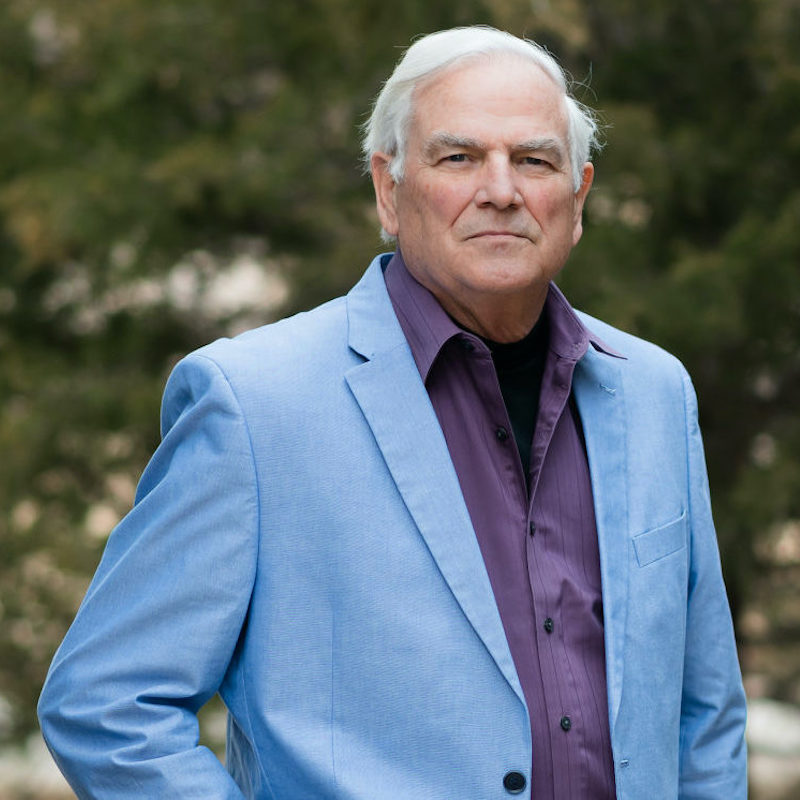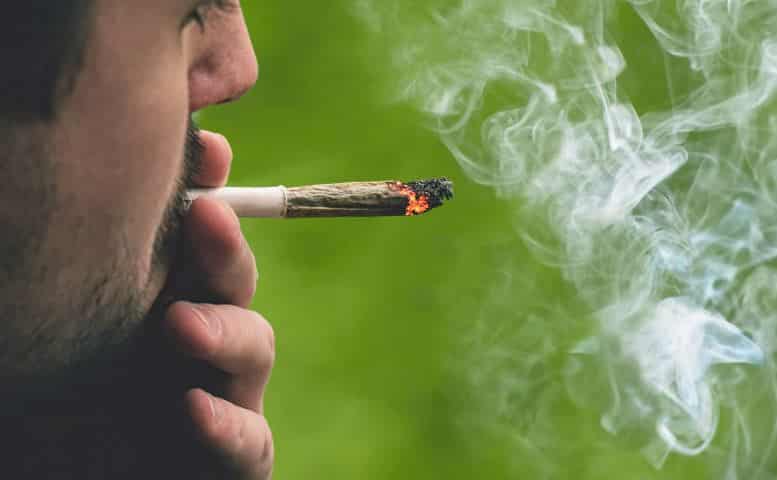As many of my domestic and international colleagues know, I have spent most of my personal and clinical life in Colorado, USA. In our state, we have a unique and interesting culture that has, over the years, benefited from the substantial migration of population into a state that has the great outdoors, beautiful scenery and a wonderful cultural differentiation from other areas of the world. It is the land of snow-capped mountains, great skiing, mountain climbing, hiking, great microbreweries, vast farms that coexist with great art and science and unlimited business opportunity.
Of course, Colorado was the first in a long line of states to legalize the use of recreational marijuana. In the old days, Coloradans and those from elsewhere would occasionally grab the munchies, close the windows, pull down the shades, watch out for the police, turn up John Denver or Aqualung by Jethro Tull …. roll a doobie, take a hit and hope for the best!
But, in a historic stroke of the pen….
Colorado governor John Hickenlooper signed two bills May 28, 2013 which made Colorado the world’s first fully regulated recreational cannabis market for adults. Hickenlooper said to the media:
“Certainly, this industry will create jobs. Whether it’s good for the brand of our state is still up in the air. But the voters passed Amendment 64 by a clear majority. That’s why we’re going to implement it as effectively as we possibly can.”
In its independent analysis, the Colorado Center on Law and Policy found that the state could expect to see “$60 million in total combined savings and additional revenue for Colorado’s budget with a potential for this number to double after 2017.” Within a few days, the state of Washington followed Colorado and became the second state to legalized marijuana for recreational and medical purposes. Following the lead of Colorado and Washington there are now several states, including Washington D.C., that allow for recreational use and over half the states now allow medical use of marijuana.
Suddenly, there is no need to watch close the window, put down the shades or watch for the cops!
What are the Effects of Marijuana?
Since the 1930s, young people have been “warned” about the dangers of “Marihuana” through exaggerated films like “Reefer Madness” (1936). Although considered one of the worst movies ever made, it perpetuated the perception that marijuana was as harmful as heroin and cocaine. However, with increased experience and understanding of the drug, many of the issues presented in that movie now make it a comedic relic of the past.
While neither you nor I may have firsthand experience with marijuana, it is estimated that more than one in three people in America have tried it at some point in their lives (Web MD, 2017). Occasional use of marijuana is generally not harmful, but the drug can affect both the body and mind whenever it enters the system. It is commonly consumed by smoking the dried leaves, flowers, stems, and seeds of the plant. Alternatively, marijuana can be mixed into food, such as brownies, cookies, and lollipops, or brewed as a tea. Some individuals even use vaporizers to inhale it.
Regardless of the method of consumption, physicians assert that marijuana affects nearly every organ in the body, including the nervous and immune systems. When marijuana is smoked, the body rapidly absorbs tetrahydrocannabinol (THC), the chemical responsible for most of marijuana’s psychological effects. If THC is ingested through food, like a brownie, it may take longer for the body to absorb as it needs to break down in the stomach before entering the bloodstream.
The effects of marijuana are noticeable immediately after smoking and within 3-4 hours if ingested. Smoking marijuana can increase heart rate by up to two times for up to 3 hours and may even trigger a heart attack shortly after use. It can also lead to increased bleeding, lowered blood pressure, and affect blood sugar levels. Although there is not enough evidence to suggest a higher risk of lung cancer from smoking marijuana, heavy use can irritate the lungs and lead to respiratory issues and colds.
According to Bradford (2015), THC behaves similarly to the natural cannabinoid chemicals produced by the body. Cannabinoid receptors are concentrated in specific areas of the brain associated with thinking, memory, pleasure, coordination, and time perception. THC attaches to these receptors, activating them and influencing memory, pleasure, movement, thinking, concentration, coordination, sensory perception, and time perception.
The medicinal uses of marijuana can be traced back as early as 2737 B.C., when Chinese Emperor Shen Neng endorsed cannabis tea as a treatment for various ailments, including gout, rheumatism, malaria, and memory problems. Its medicinal benefits spread throughout Asia, the Middle East, Africa, and India, where Hindu sects used it for pain and stress relief.
Today, Loria and Welsh (2015) note several significant medical benefits of marijuana for various conditions, including glaucoma, lung diseases, epilepsy, seizure disorders, cancer treatment, anxiety reduction, slowing the progression of Alzheimer’s disease, pain relief in multiple sclerosis, muscle spasms, hepatitis C treatment effects, Crohn’s disease, arthritis, Parkinson’s disease, and more. This is why over half of the United States has approved medical marijuana use.
Marijuana and Hearing
Practicing audiology in a state where marijuana is legal presents unique patient encounters and intriguing discussions. Many anecdotal reports, both personal and online, reference a 1976 study by Liedgren, Odkvist, Davis, and Fredrickson when discussing the effects of marijuana on hearing. While some online posts and patient conversations suggest that marijuana may improve hearing, Liedgren et al. found no significant changes in auditory evaluations performed before and after marijuana smoking.
There are also claims that tinnitus is benefited by marijuana as well….but….
What’s the REAL story? That will be our discussion in Part II of this discussion on Marijuana and Hearing.
References:
Bradford, A. (2015). What is THC? Live Science. Retrieved January 2, 2017.
Liedgren, S., Odkvist, L., Davis, E., Fredrickson, J. (1976). Effect of marijuana on hearing. J Otolaryngol. 1976 Jun;5(3):233-7. Retrieved January 2, 2017.
WebMD.com (2017). How does marijuana affect you? Substance Abuse and Health Center. Retrieved January 2, 2017.
WikiAnswers (2017). What does marijuana do to hearing? Retrieved January 2, 2017.
About the author

Robert M. Traynor, Ed.D., is a hearing industry consultant, trainer, professor, conference speaker, practice manager and author. He has decades of experience teaching courses and training clinicians within the field of audiology with specific emphasis in hearing and tinnitus rehabilitation. He serves as Adjunct Faculty in Audiology at the University of Florida, University of Northern Colorado, University of Colorado and The University of Arkansas for Medical Sciences.
**this piece has been updated for clarity. It originally published on January 2, 2017







